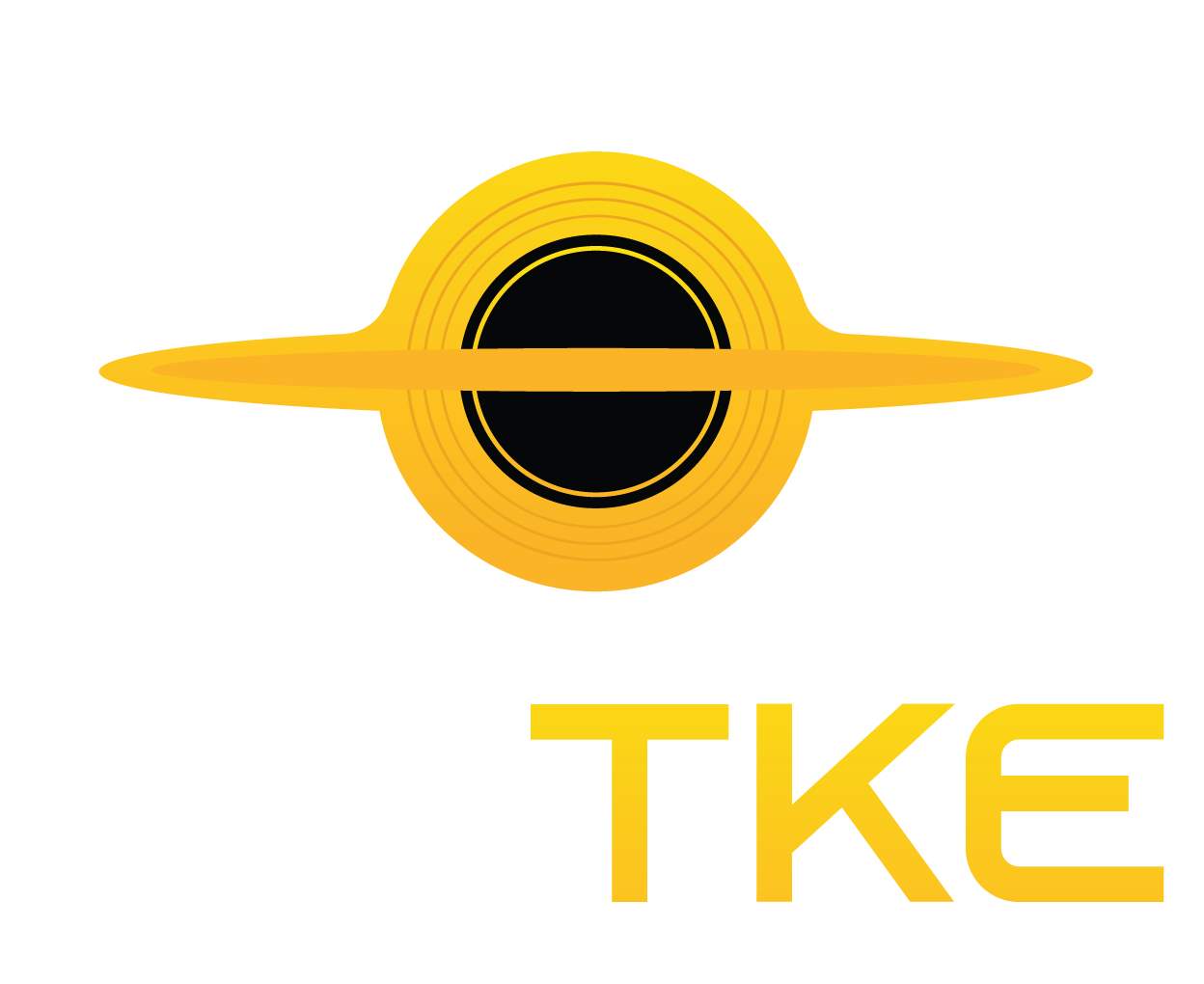SpaceX Starship Loses Control During Second Consecutive Test Flight Failure

During a test flight on Thursday, SpaceX’s Starship lost control while in space, marking its second consecutive failed attempt to reach orbit.
The Federal Aviation Administration (FAA) briefly grounded flights at major Florida airports and rerouted others due to concerns about potential “space launch debris.” The agency informed TechCrunch that SpaceX must conduct a mishap investigation into the failure.
Starship launched atop its Super Heavy booster, and the mission proceeded normally for the first eight minutes. The booster successfully separated and returned to the Texas launchpad, where it was caught for the third time by the launch tower.
However, around eight minutes and nine seconds into the flight, multiple Raptor engines on Starship failed, and onboard footage showed the spacecraft tumbling over the ocean.
SpaceX Loses Contact with Starship as Engines Fail Mid-Flight
“We just saw some engines go out; it looks like we are losing attitude control of the ship,” SpaceX communications manager Dan Huot said during the live broadcast. “At this point, we have lost contact with the ship.”
Videos shared on social media showed the spacecraft breaking apart over the Bahamas and the Dominican Republic. SpaceX later posted on X that it had “immediately begun coordination with safety officials to implement pre-planned contingency responses.”
The consecutive high-profile failures come as SpaceX CEO Elon Musk has been making waves within the U.S. federal government with his Department of Government Efficiency initiative, which has included deploying employees to the FAA, the agency responsible for overseeing SpaceX’s launches.
During Thursday’s test flight, SpaceX aimed to deploy four dummy Starlink satellites, moving closer to its goal of using Starship for commercial missions. The company has been refining Starship through rapid test flights, learning from both successes and failures.
A Setback Following a Spectacular Midair Breakup
However, this latest failure occurred just weeks after the seventh test flight, in which Starship broke apart dramatically over the Turks & Caicos Islands, prompting the FAA to reroute flights in the affected airspace.
Following that incident, SpaceX conducted a mishap investigation and determined that a propellant leak inside Starship led to fires and a communication blackout before the vehicle self-destructed.
To improve performance for this test flight, SpaceX made adjustments to the fuel lines supplying Starship’s engines, modified the propellant’s temperature, and introduced additional vents and a “new purge system” to minimize the risk of leaks.
Previous test flights have also seen Starship break apart during re-entry. For the seventh flight, SpaceX implemented design changes aimed at improving the vehicle’s ability to withstand atmospheric re-entry.
“With Flight 8, we’re focused on finding the real-world limits of Starship so we can prepare to eventually return Starship to the launch site and catch it,” the company shared on X on Thursday.
Read the original article on: TechCrunch
Read more: COVID-19 Provokes Liquid Oxygen Shortages Delaying Space X Launch Plans










